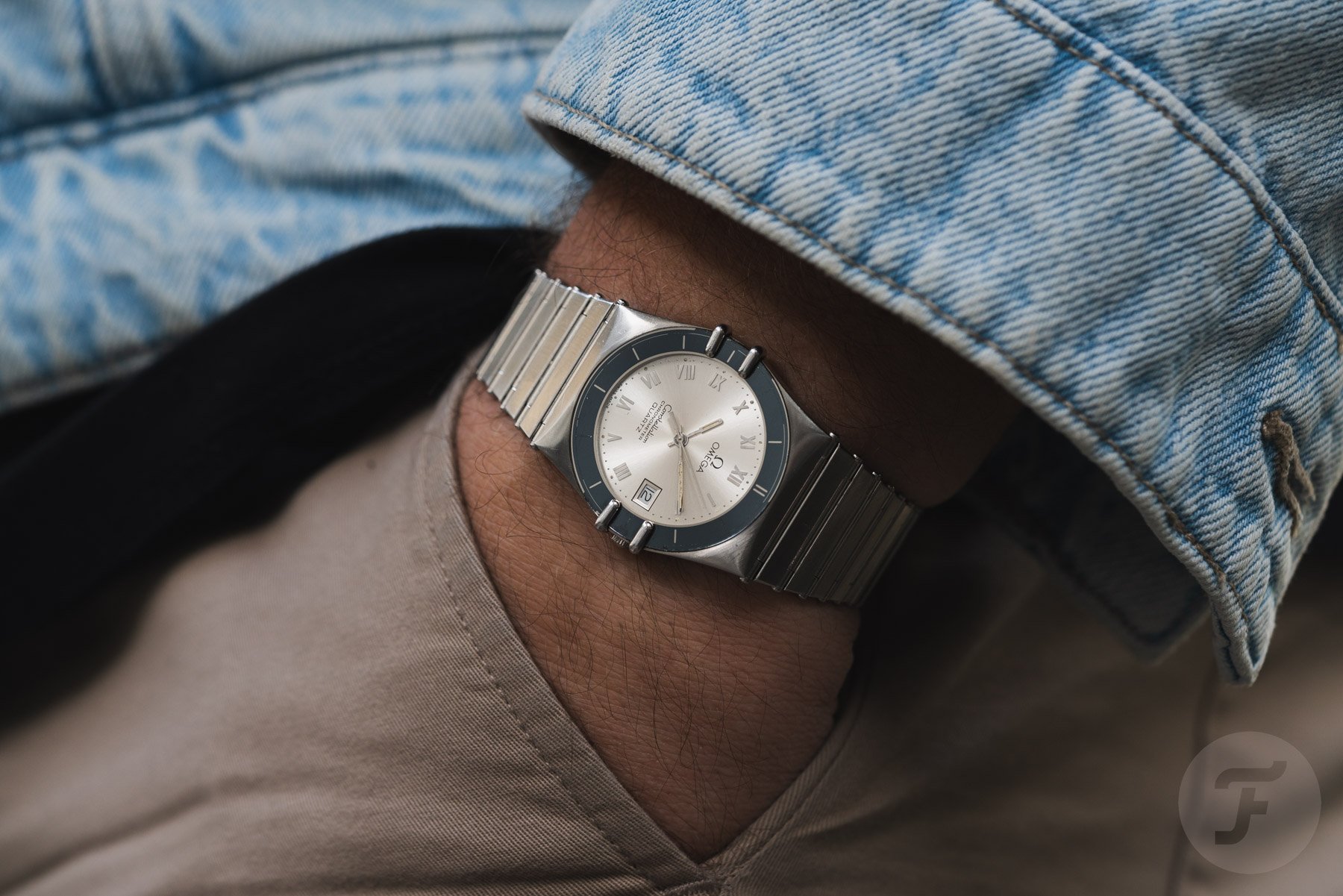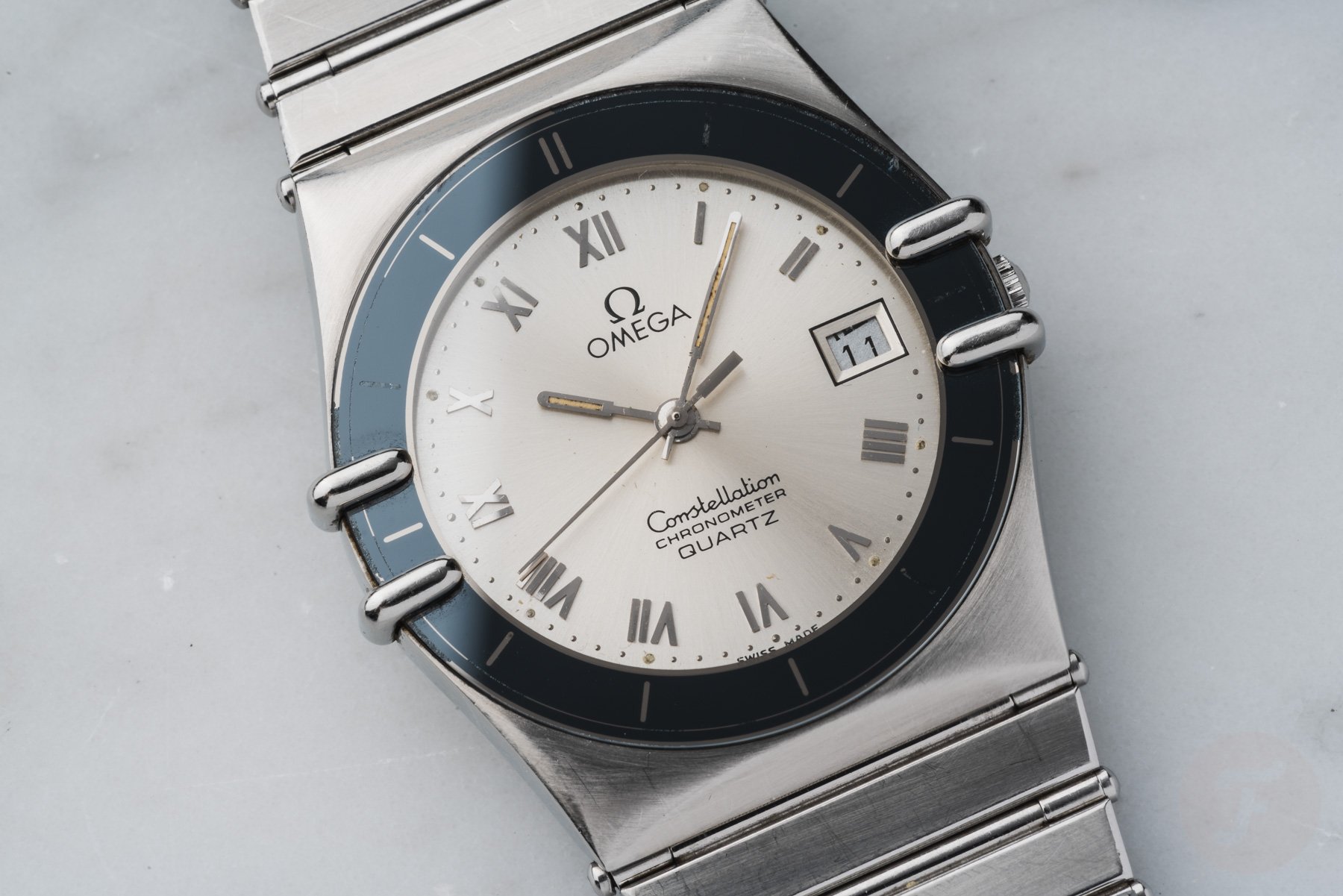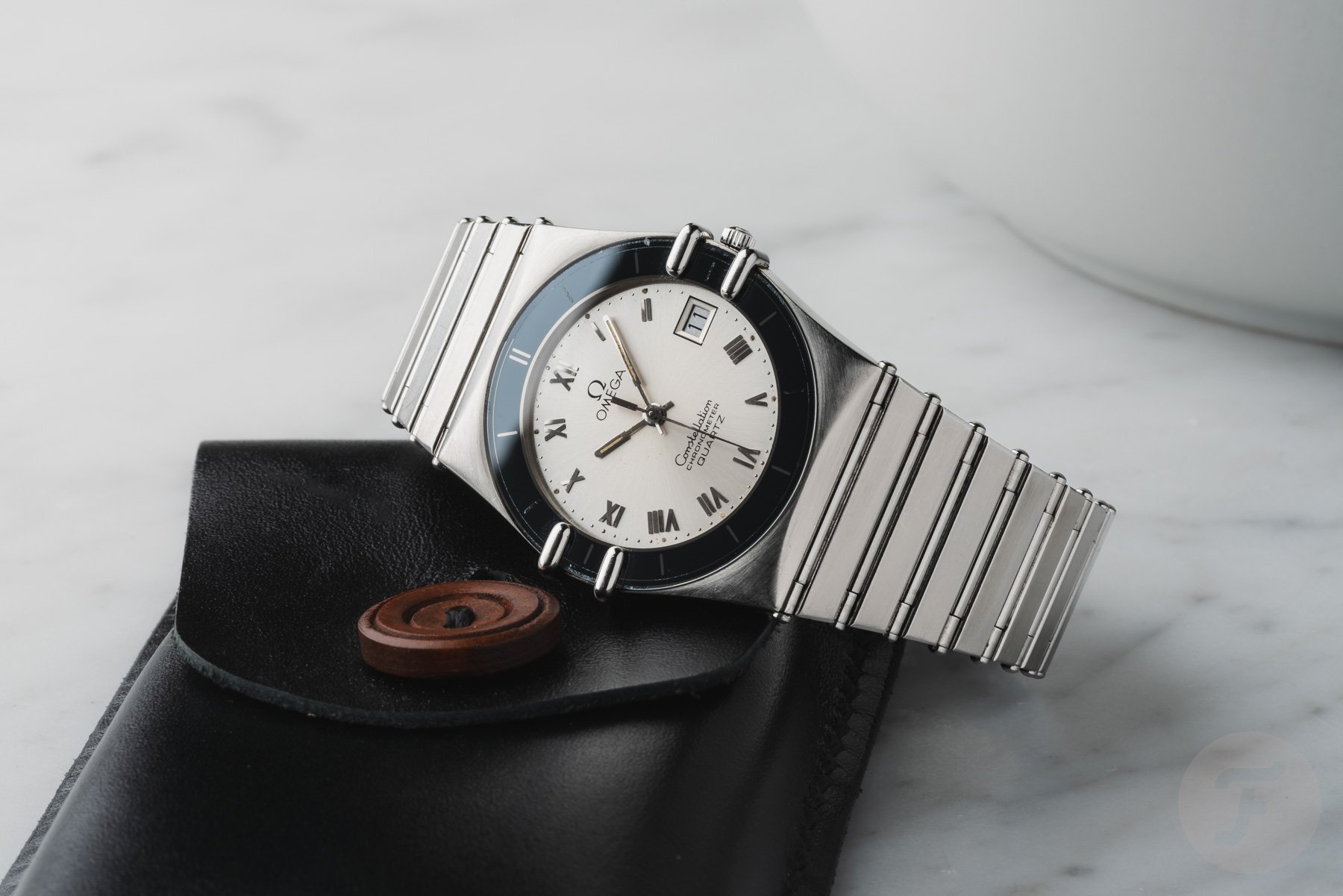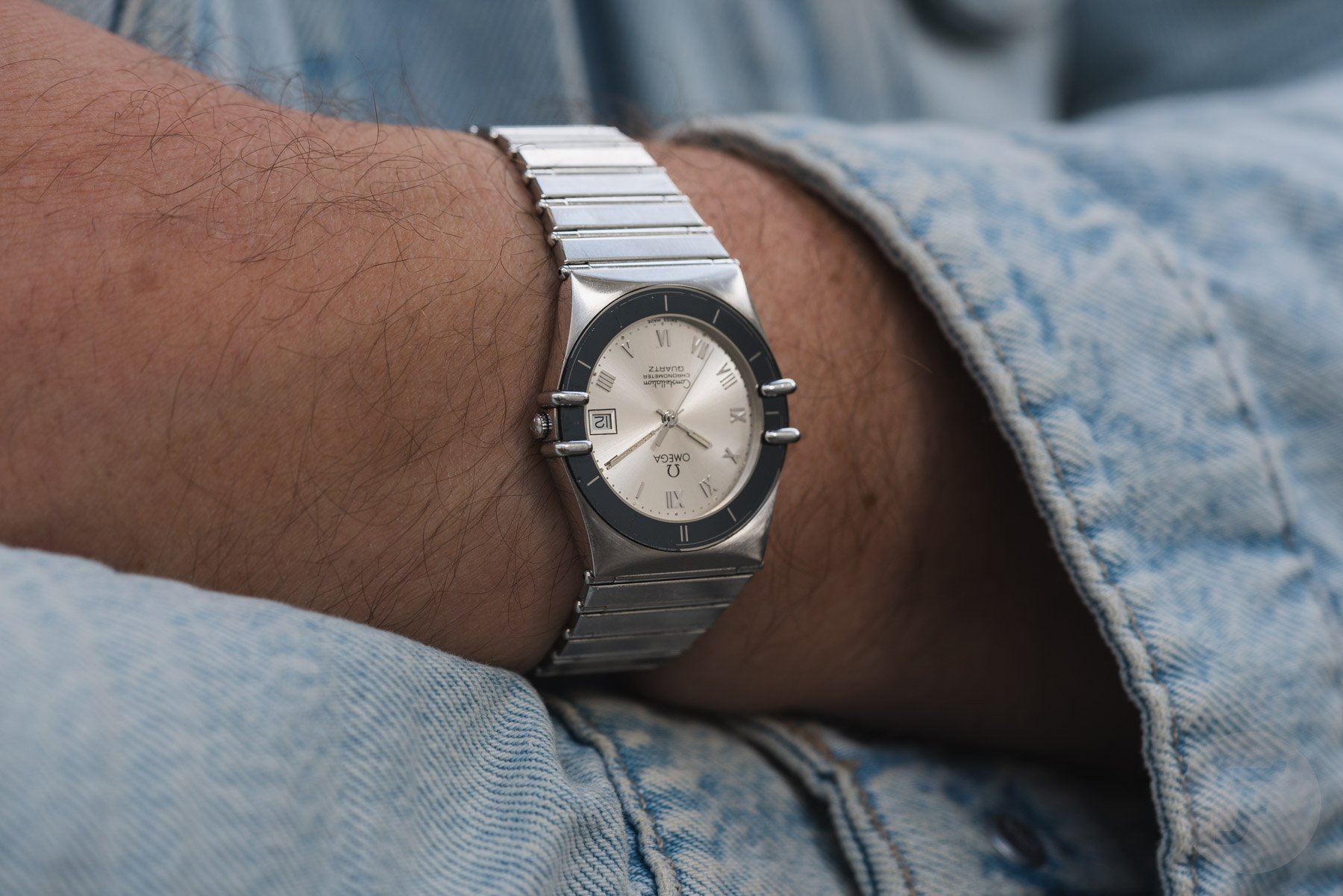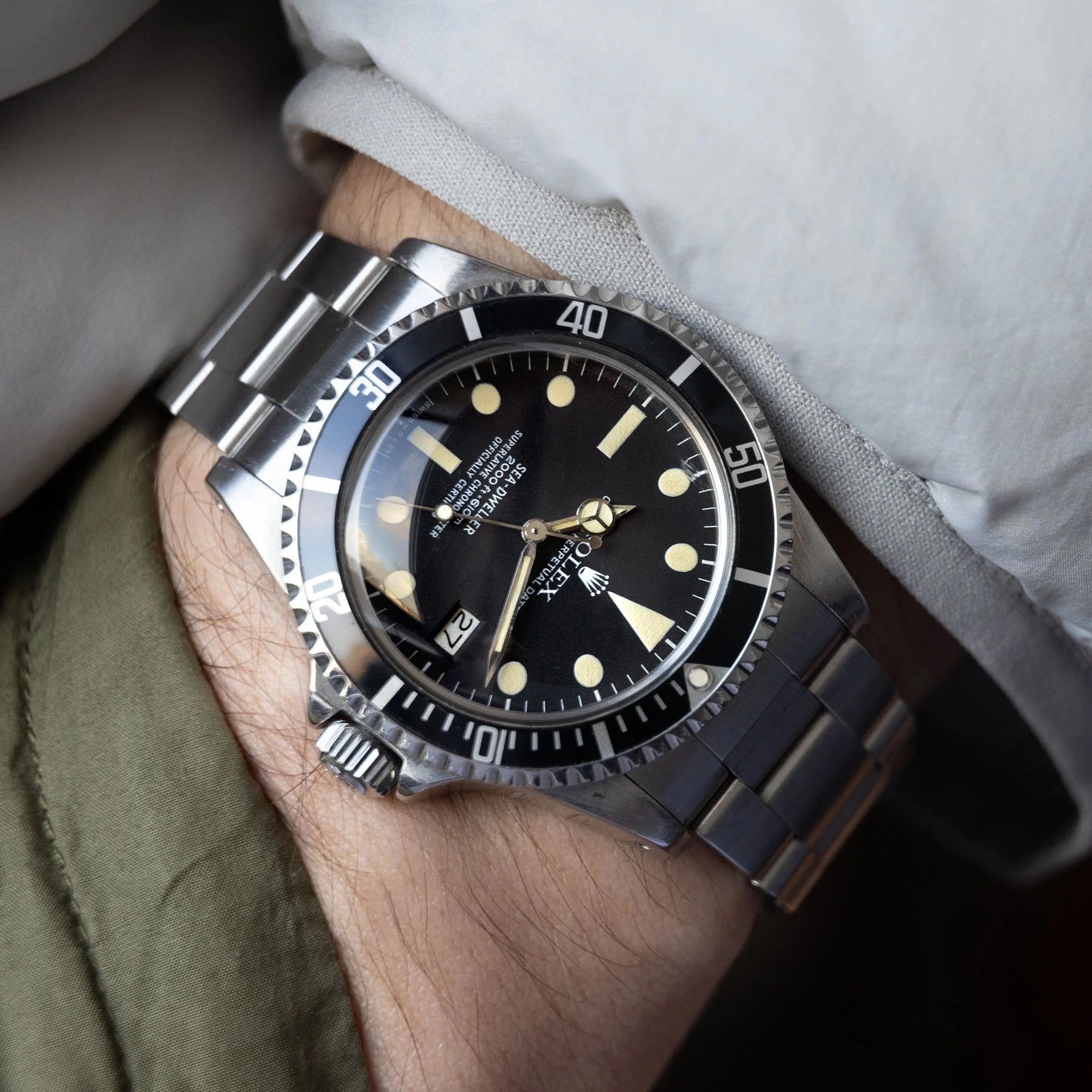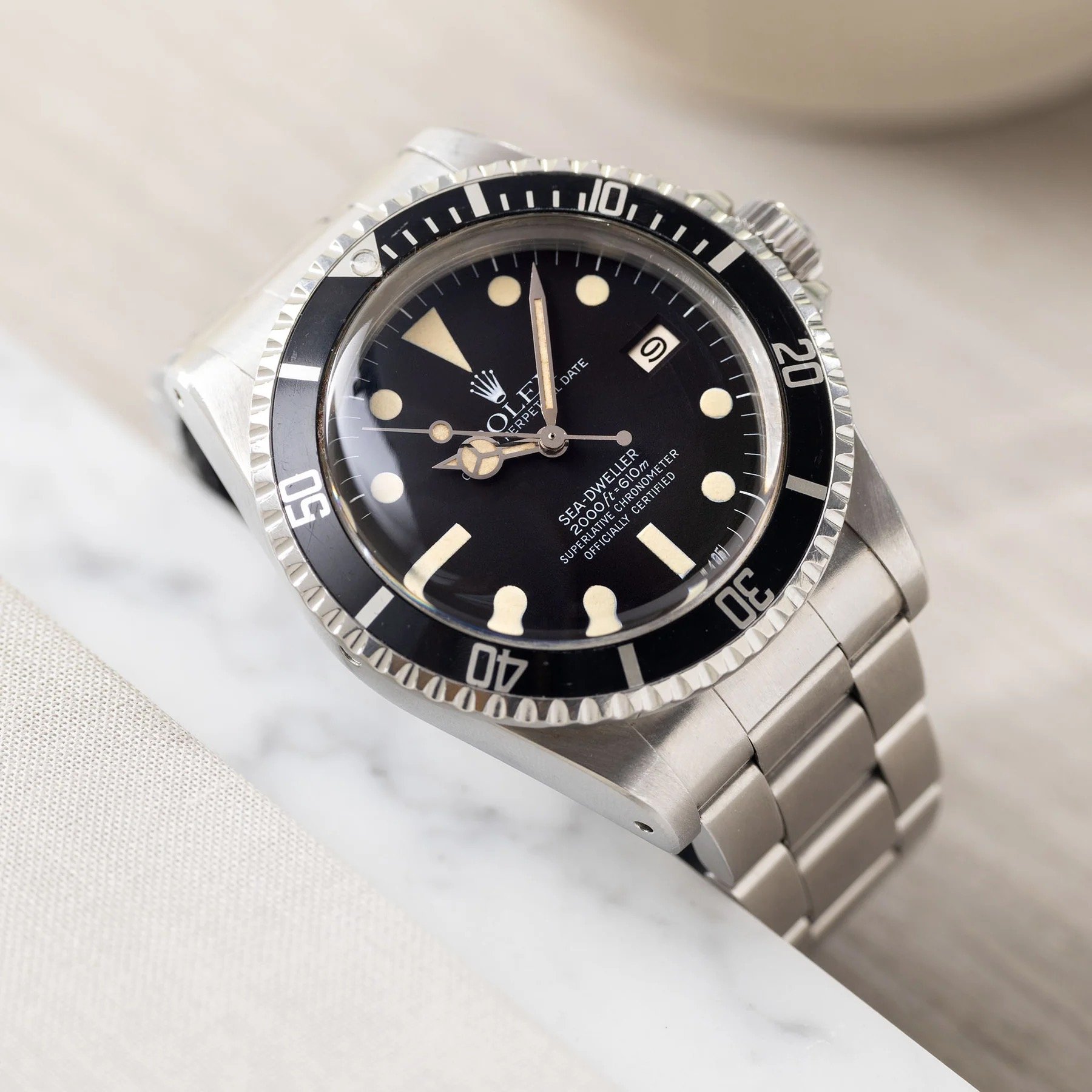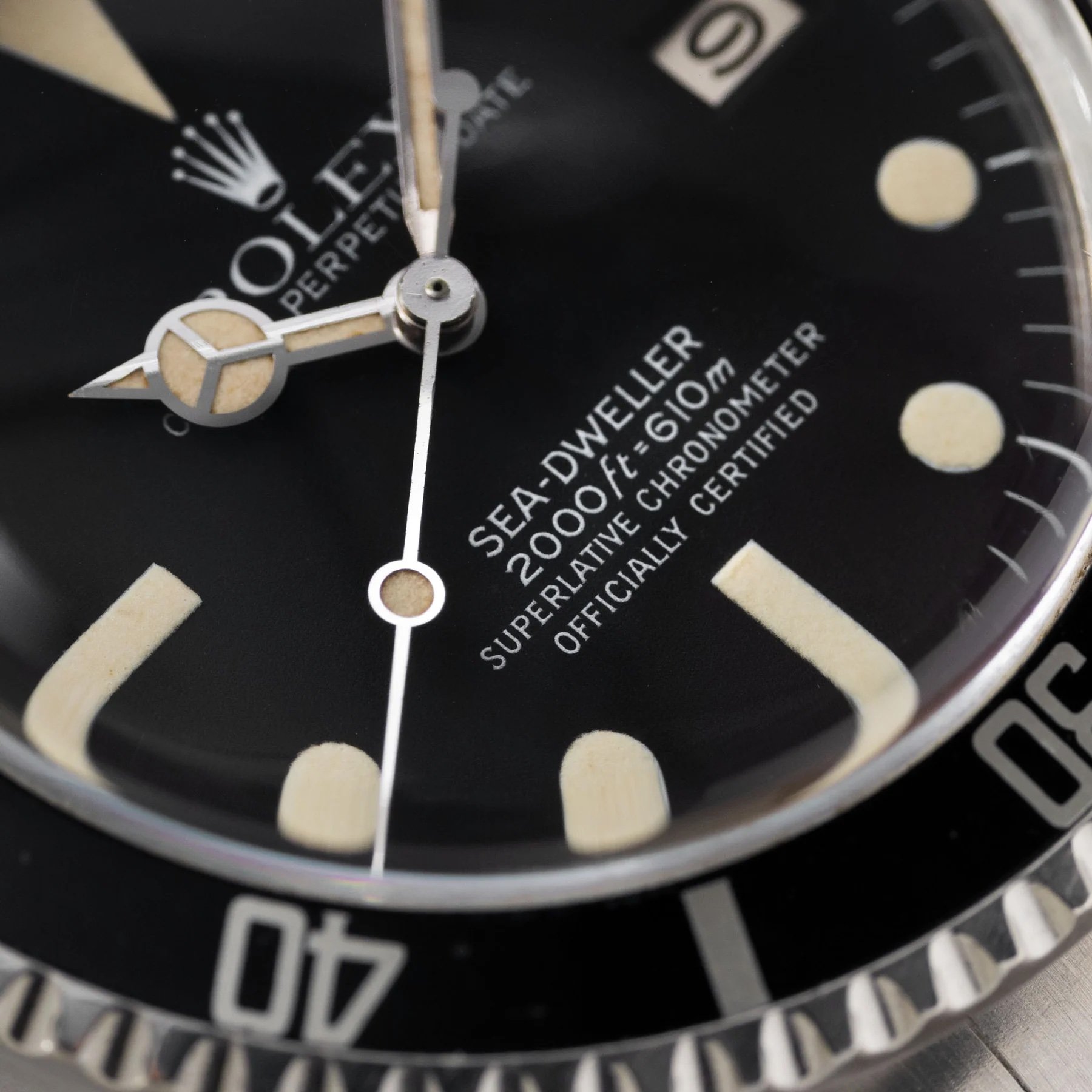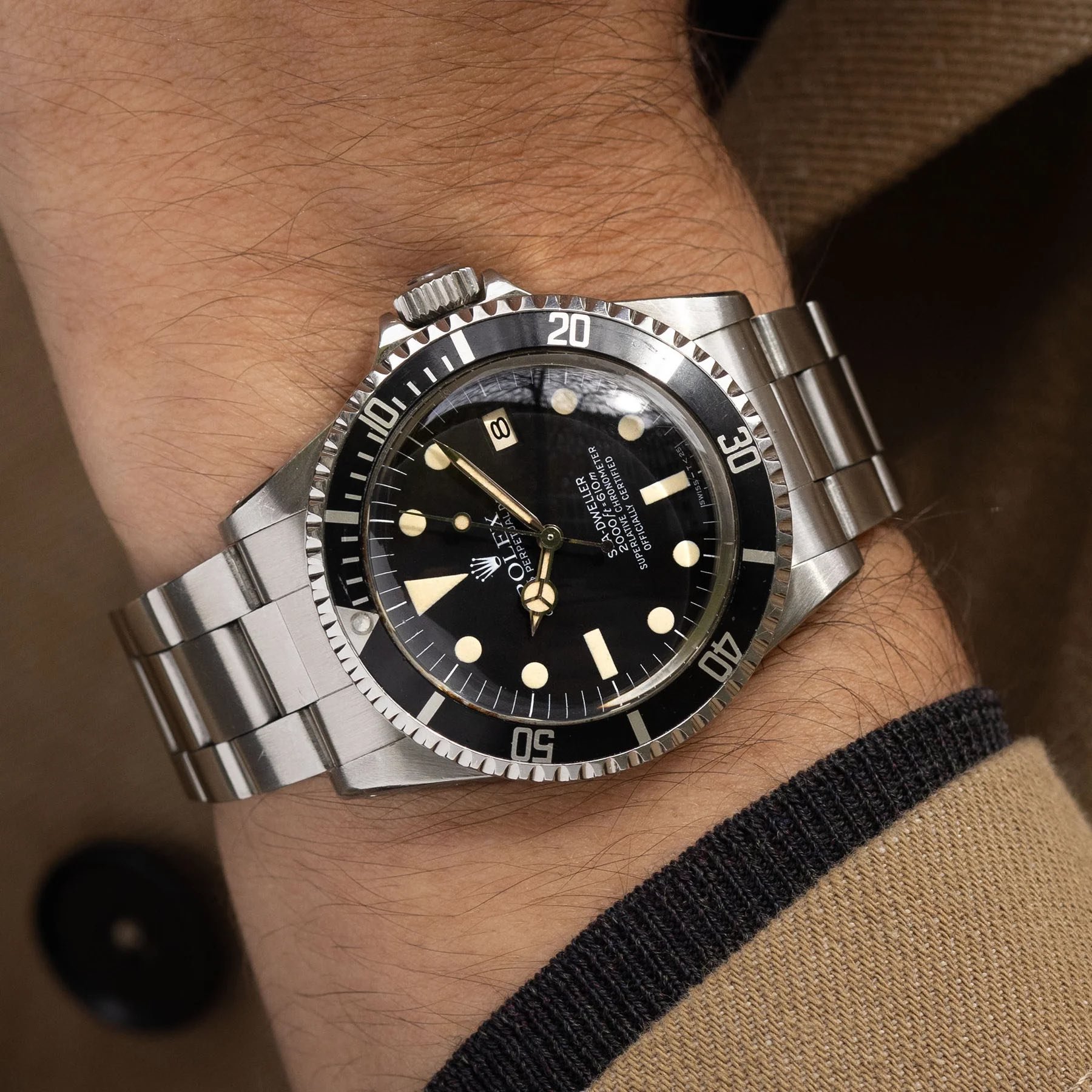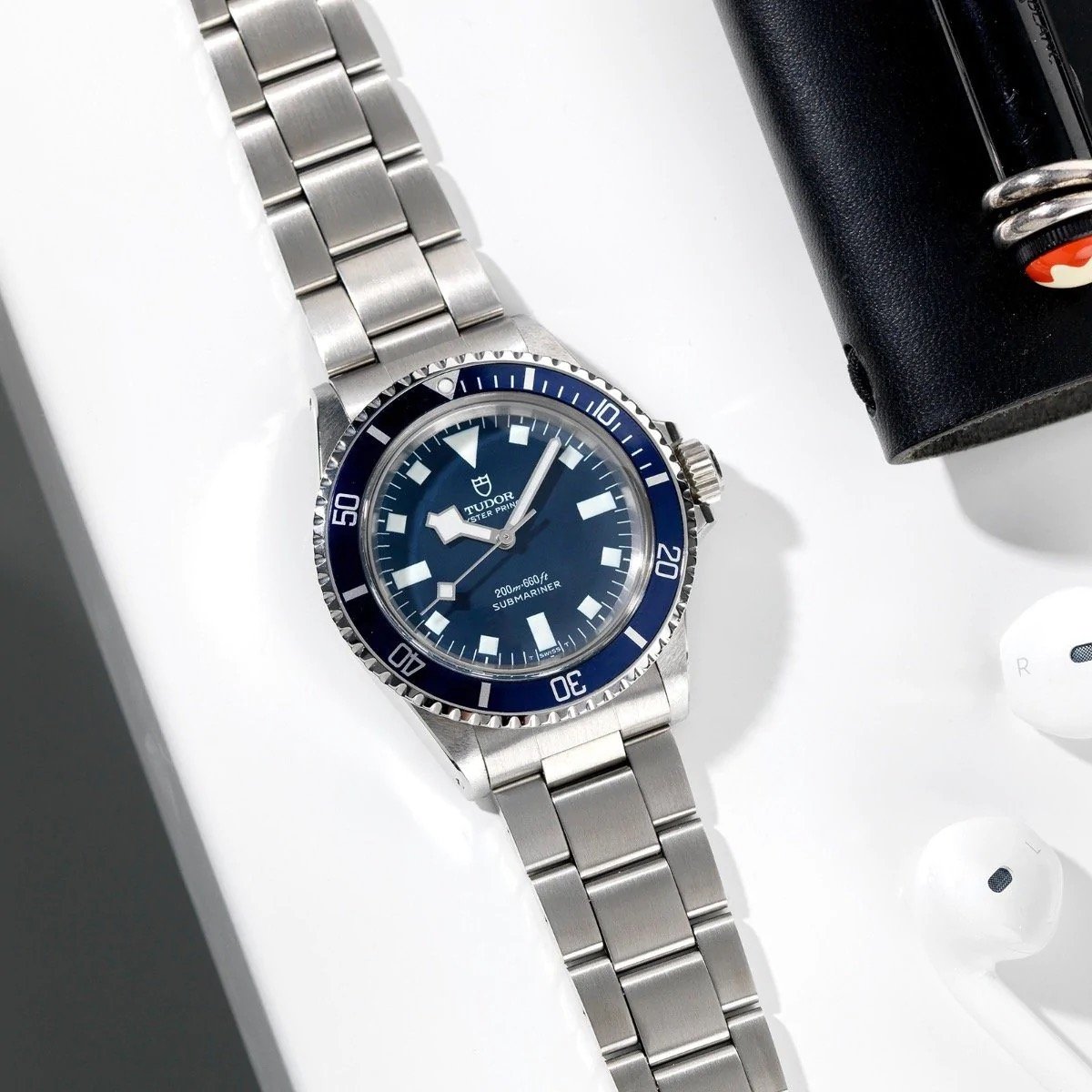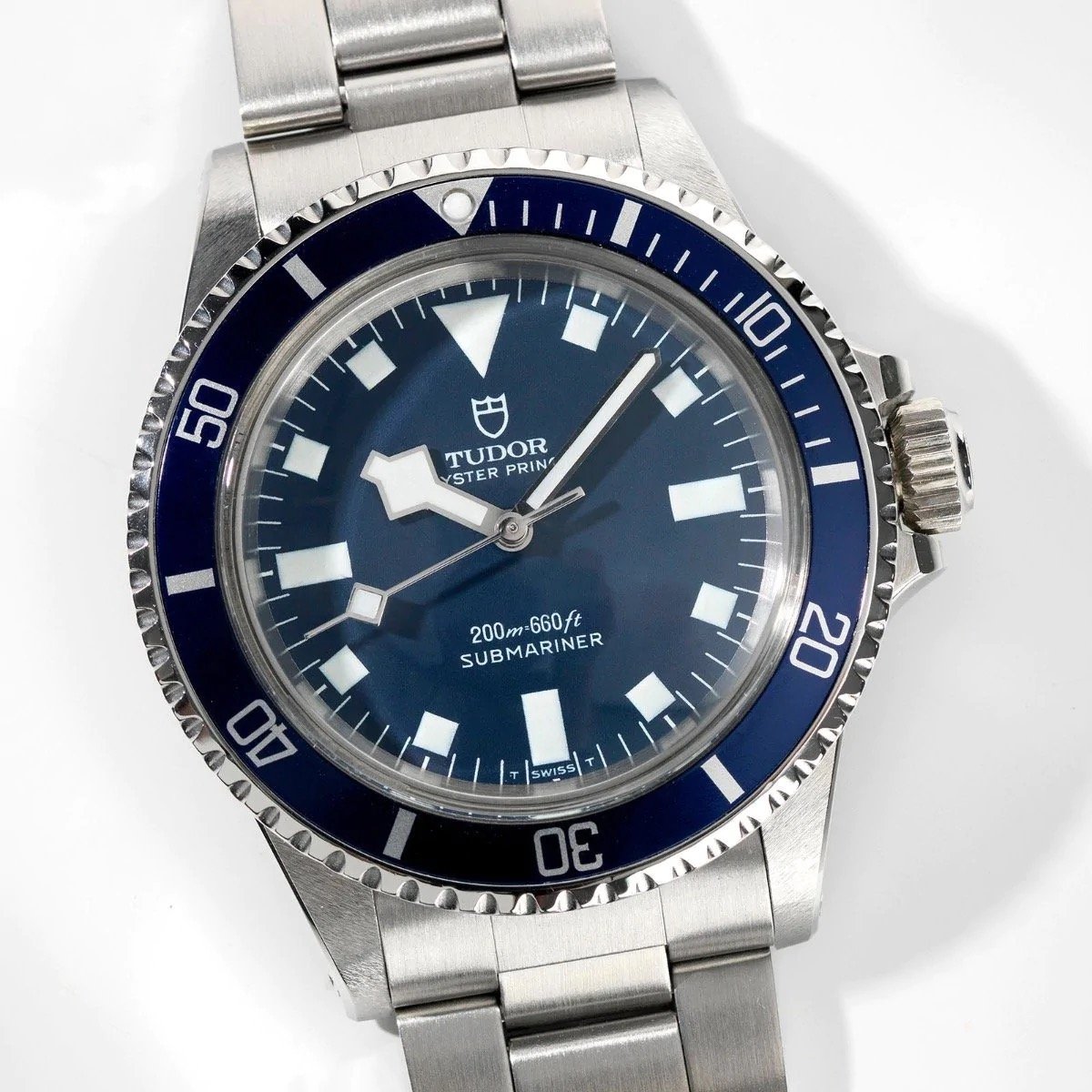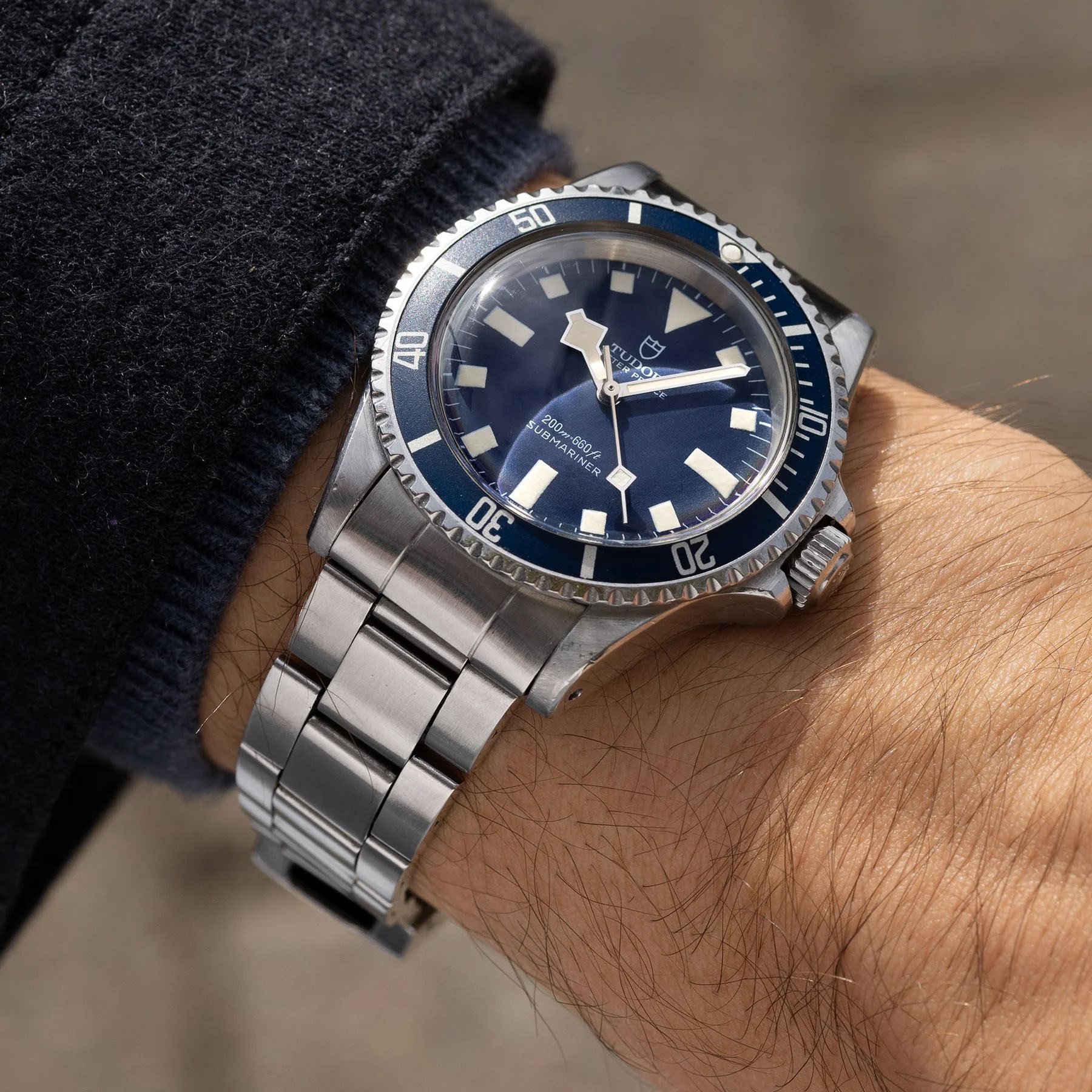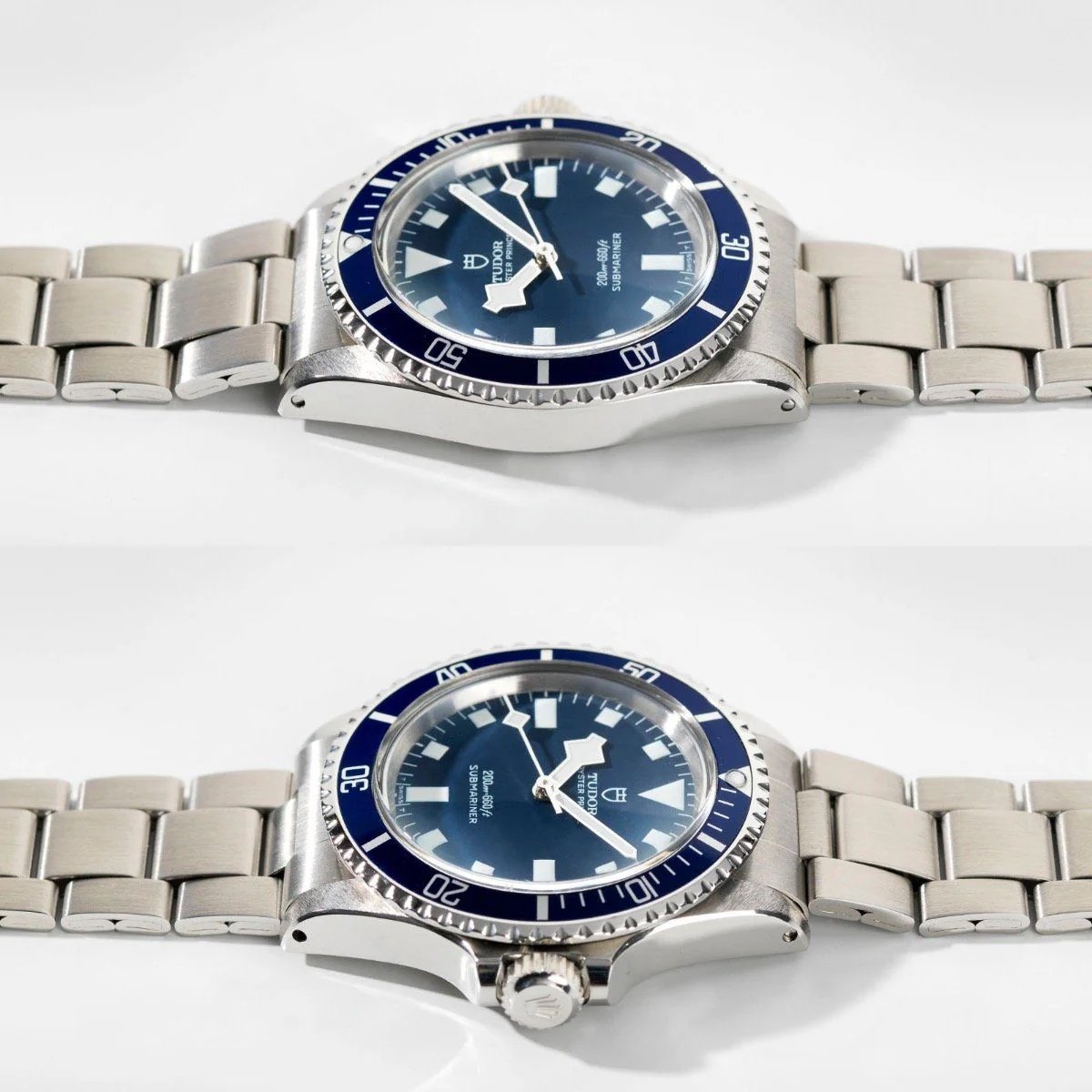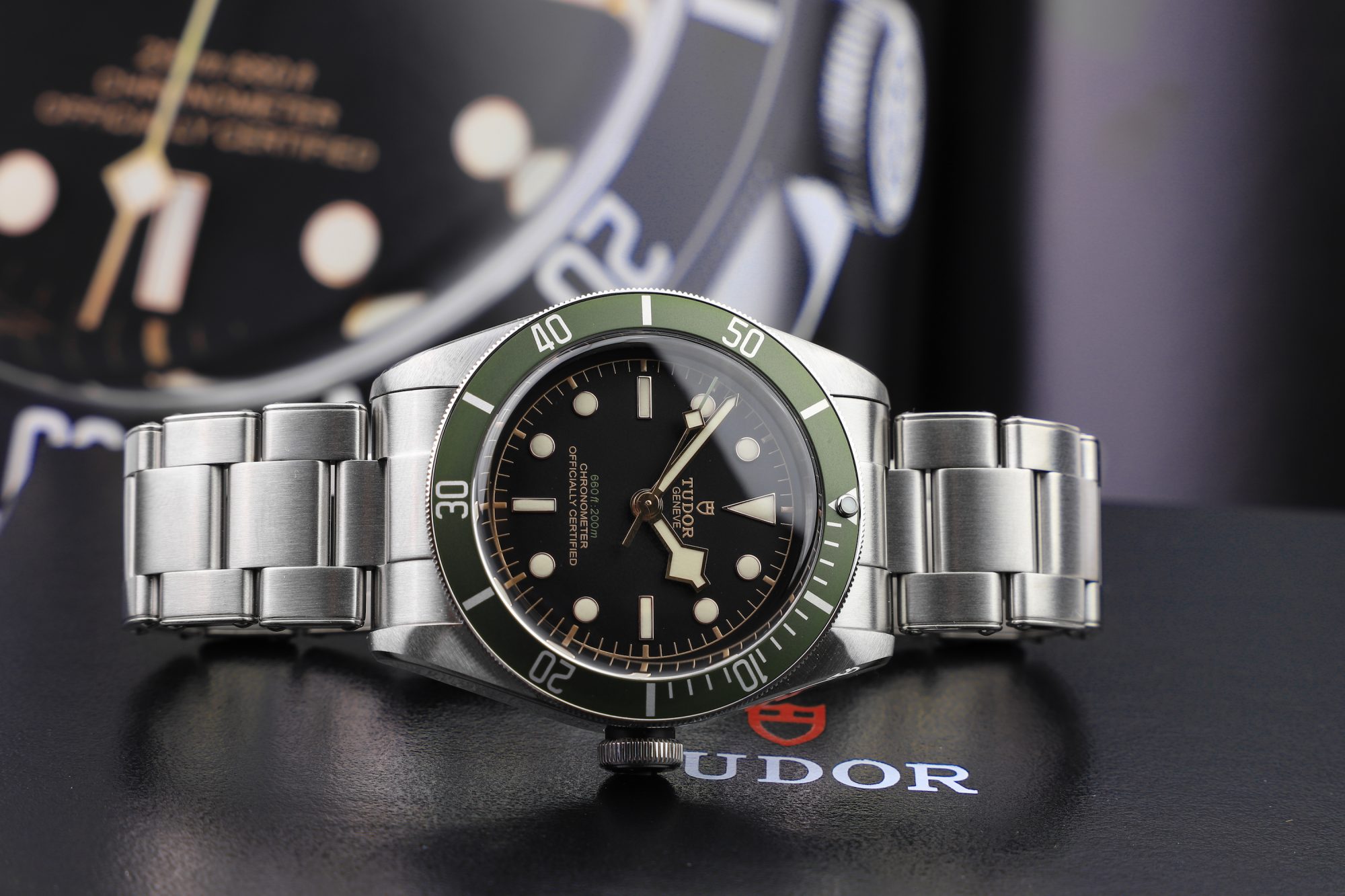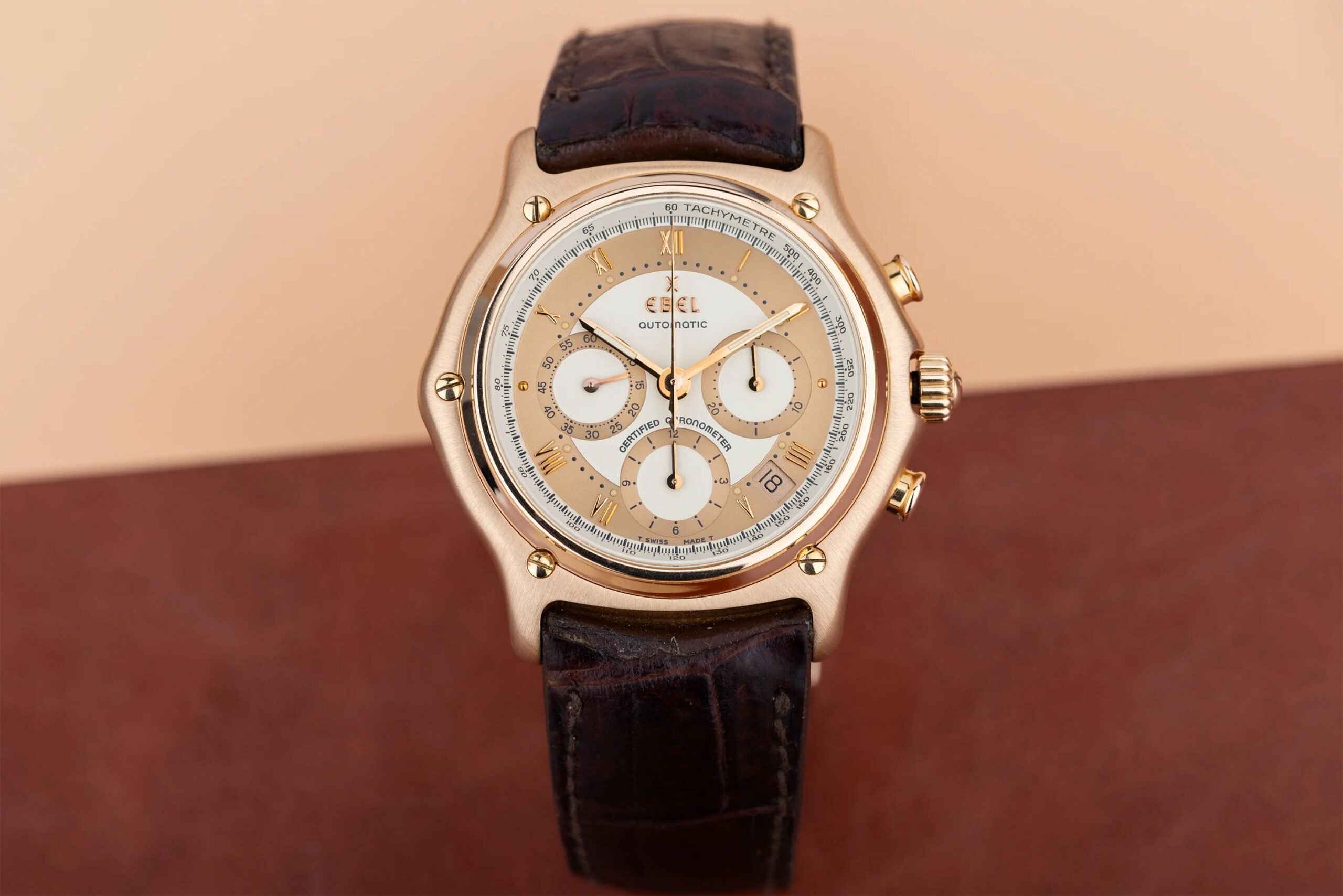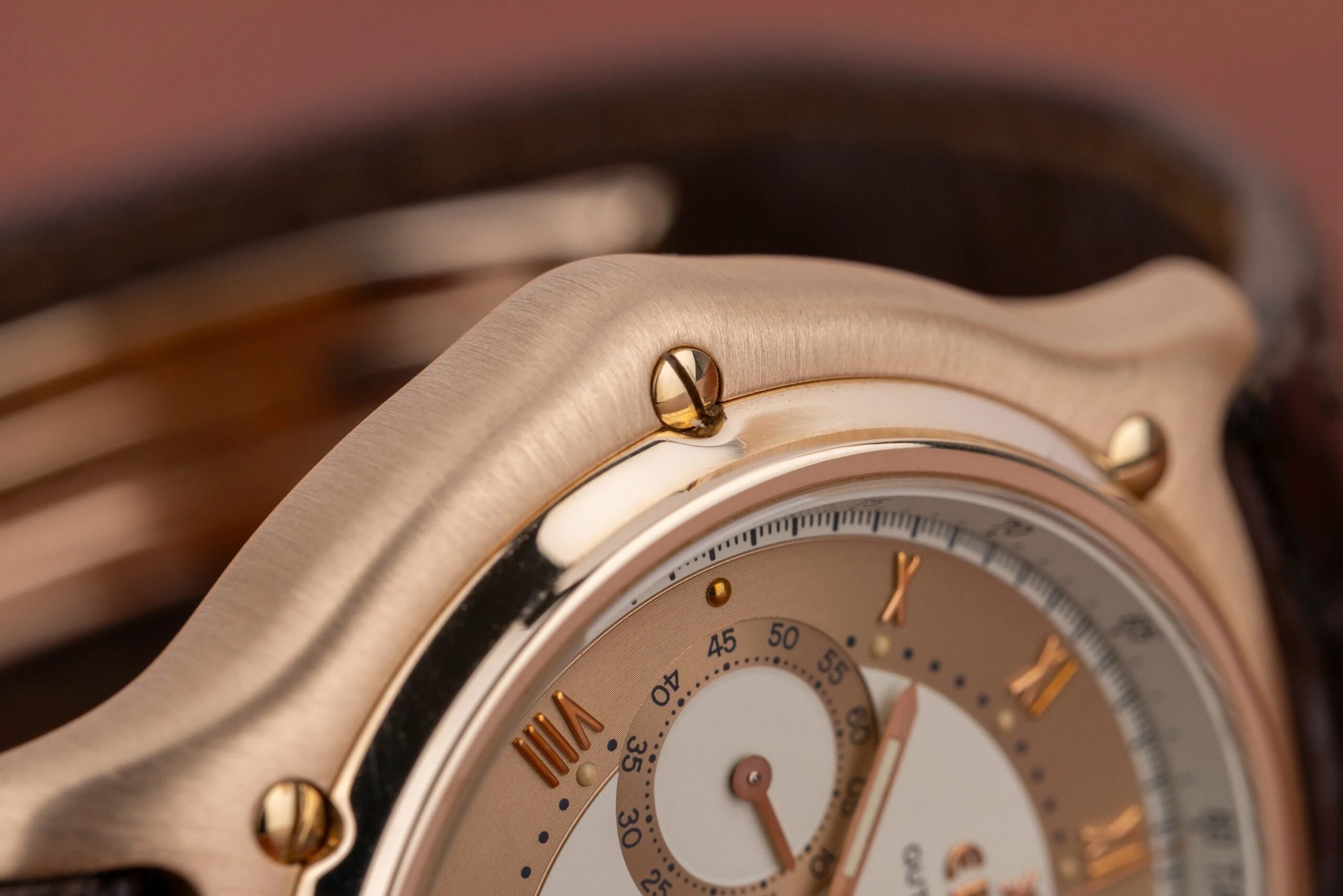The Fratello Watch List: Jorg’s Pre-Owned And Neo-Vintage Favorites From Omega, Rolex, And Tudor
Welcome to another installment of the Fratello Watch List! Thomas and Daan opened the series with several interesting picks. Some of them could easily be on my list too. But as there is so much to find in the world of pre-owned watches, it’s easy to come up with a series of different options. Like all Fratello team members, I actively keep tabs on several watches via Chrono24. I have picked three (plus some honorable mentions) that are on my watch list for different reasons, and here’s why I would love to add them to my growing collection someday.
“Someday” is a flexible concept, of course. I am actively looking at some of these watches and planning to purchase them whenever possible. And there are plenty of watches on my long-term wish list that I adore and maybe will be able to wear proudly one day. Just like Thomas and Daan, I’ve ended up with some relatively affordable picks and some rather expensive ones. I have also deliberately left out some obvious watches that I have written about multiple times. One example is the Rolex Sea-Dweller ref. 16600 that I picked as my ideal GADA watch and that remains the top of my Rolex want list. Overall, compiling today’s list was a fun exercise, and I could probably update it monthly with different watches. But without further ado, this is what my watch list currently looks like.
The first pick on my watch list: Omega Constellation Manhattan
My first pick is not just one watch but a series of watches. Robert-Jan and I are big fans of the first-generation Omega Constellation Manhattan. It has become one of the most recognizable watches of the ’80s. When the Constellation Manhattan debuted in 1982, it was not just Omega’s new flagship watch, but it also presented several groundbreaking innovations. The first was the revolutionary technique of printing under glass. It allowed Omega’s designer Carol Didisheim and Product Director Pierre-Andre Aellen to incorporate hour/five-minute markers into the crystal and eliminate the traditional bezel.
The second innovation was the use of four iconic claws pressed on the crystal to keep it in place. This resulted in a very thin and instantly recognizable watch. Add the integrated bracelet, and the 33mm watch is a joy to wear. On top of that, it is bigger than you might think. It is one of Omega’s greatest classics in my opinion. However, fairly quickly after its introduction, Omega changed the Constellation Manhattan and added a fixed bezel to the second-generation models. This means that the brand got rid of the printing under the glass, and the four claws only had a decorative function from then on.
The magic of the first-generation Constellation Manhattan
As you might understand, the magic of the original concept for the Constellation Manhattan can only be found in the first generation. That’s why I would love to own all the different steel and steel-and-gold quartz versions. Robert-Jan and I are always looking for good deals on these as they are relatively easy to find and still fairly affordable. There were four variations but three dial colors. The first was the full-steel champagne-dial model that I own, and the second was a two-tone option with a gold dial. The last two versions were in stainless steel or a combo of steel and gold, both with a dark gray dial.
Robert-Jan recently bought that last model with a dark gray dial in steel and gold, and it’s wonderful. Additionally, Jop, who designed the Fratello logo, recently bought the bicolor version with the gold dial in really good condition, and it looks stunning. As you will understand, their purchases spark the joy and fun of chasing these first-generation Constellation Manhattans for me. After the quartz versions in steel and steel and gold, it might be fun to chase the mechanical and full-gold versions. But until then, the different steel and bicolor options have been at the top of my watch list. Prices for these models range from roughly €700 up to €1,500 for ones in good condition. Their relative affordability and impeccable style make them true desires for me.
The second pick on my watch list: Rolex Sea-Dweller ref. 1665
I already mentioned the Rolex Sea-Dweller ref. 16600, of course. That watch would be my perfect everyday watch for the rest of my life. But that doesn’t keep me from lusting after several different classic Rolex models. At the top of the list, we find the expensive Explorer II ref. 1655 “Freccione” and the “Pre-Daytona” ref. 6238. In the more affordable (but still expensive) realm, I adore the steel GMT-Master ref. 1675, the GMT-Master ref. 1675/8 “Tiger Eye,” and the Submariner ref. 5513 that Thomas picked for his list. But another model that caught my eye recently is the Sea-Dweller ref. 1665 “Great White” that Rolex produced from 1977 until 1983.
As most of you know, the Great White was the first Sea-Dweller without “Submariner” on the dial, although it followed the “Double Red” Sea-Dweller, which stated “Submariner 2000” and introduced the Sea-Dweller name to the Rolex collection in 1967. However, not much changed with the introduction of the Great White in 1977 besides the different dial with four white lines on the bottom half that give it its nickname. The watch still had the same 40mm case with a 2,000ft/610m depth rating and the 1570 caliber inside. I adore the vintage Rolex looks with the matte black dial and large luminous hour markers. Add the acrylic crystal, the absence of the Cyclops, and a rattly Oyster bracelet, and I am an even bigger fan.
A vintage look that is hard to beat
But the magic is in so much more than the sum of all its parts. This Sea-Dweller ref. 1665, the Submariner ref. 5513, and the GMT-Master ref. 1675 are my favorite vintage Rolex designs. From the right production era and with the right dial configuration, they all have oversized hour markers that give the watches an incredible presence. For the Sea-Dweller, specifically, the ref. 16660 “Triple Six” that followed the ref. 1665 introduced a thicker case with a large helium escape valve, a sapphire crystal, and an updated movement. It is objectively a better watch, but it doesn’t have that same vintage charm that the Great White has.
That’s why I have been looking more into the history and the different versions that are out there with their respective prices. You can buy a Great White starting at roughly €13.5K, but prices move up to €40K easily for the sought-after Mk. 2 “Rail” dials. I would happily settle for one with discolored lume in good condition, regardless of the dial variant. The Sea-Dweller ref. 1665 is that special in all its different variations. It’s one of the greatest vintage dive tools that Rolex created, and that’s why I want it.
The third pick on my watch list: Tudor Submariner ref. 7016
I have become a big fan of Tudor over the past couple of years, especially after reading about the history of the brand and the role the Marine Nationale played in the development of its now-signature aesthetic. That’s why it is no surprise that I have been keeping my eye on the vintage Tudor Subs, particularly the blue Marine Nationale-related models. The weird thing about these Tudor Submariners is that they are as expensive as some of their Rolex counterparts. If you had told me that 20 years ago when I had just gotten into watches, I would have called you crazy. Back then, Tudor did not have the name it has today. The Submariners with Rolex cases, crowns, and bracelets with off-the-shelf ETA movements were far from popular.
But two decades later, that changed drastically. My favorite is the Tudor Submariner ref. 7016, which marked the introduction of Tudor’s famous Snowflake aesthetic. In my opinion, this is the quintessential Tudor watch, and that’s why I want it. The watch debuted in 1969 and stayed in production until 1975. The Mk. 1 dial featured the traditional Rolex styling, but the Mk. 2 version introduced the characteristic dial and Snowflake hands. This dial design was based on the request of the Marine Nationale divers. They wanted Tudor to make further optimizations based on the ref. 7928 that came before. They requested watches with bigger luminescent hands and hour markers for increased readability underwater.
The start of the Tudor ETA age
As I explained in a longer article about the Tudor Submariner ref. 7016, this reference also marked the beginning of Tudor’s use of ETA movements. The ref. 7016 housed the ETA caliber 2483. This 25-jewel automatic movement operated at 18,000vph and provided a 42-hour power reserve. It was a great improvement over the previous Tudor caliber 390, which essentially was a modified automatic Fleurier caliber. If I were to only ever buy one vintage Tudor, this is the one I would go for. The combination of its story and looks makes it a great benchmark watch in Tudor’s history.
Finding a Tudor Submariner ref. 7016 is not hard, but finding one in the right condition on a bracelet might take some time. Expect to see prices start at roughly €8K and move up to €15K. I would put some serious cash aside to be able to buy a piece of Tudor history with this ref. 7016. It’s the one vintage Tudor for me!
My watch list: honorable mentions
But that’s not where my watch list ends. There are so many different watches that I have an eye on that I could easily create a list of 10. Just to give a little insight into what other watches I keep track of, here are some honorable mentions. The first two are two 41mm Tudor Black Bay models. The first is the ref. M79230B, which is the regular one with the blue bezel and black dial. I have always loved that configuration, and prices have come down significantly, so I’m keeping an eye out for one. The same goes for the special Harrods edition, which was highly sought after. It’s the one Black Bay in which I feel the gold-colored accents work very well, largely thanks to the combination with green.
Another brand I keep an eye on is Ebel. As some of you will know, we have dedicated quite a few articles to the brand, and Robert-Jan bought a beautiful El Primero-powered Sport Classic Chronograph. While the Classic Sport and the 1911 are great to watch out for, I fell in love with the Ebel Le Modulor Chronograph ref. 5137241. The grandeur of this elegant piece is simply wonderful.
I wrote about the watch before in an article about sleeper watches, and ever since, I have been checking it, especially in the rose gold configuration you see in the picture. The looks combined with the Lemania 1340-based automatic caliber 137 make for a standout gold chronograph that can be yours for around €8K.
I hope you’ve enjoyed seeing some of the timepieces that are on my watch list at the moment. There are so many more vintage pieces and modern ones that I could add, but this will do it for now. Let me know in the comments section which of these you like best, and we will see you soon for the next installment of the series.

